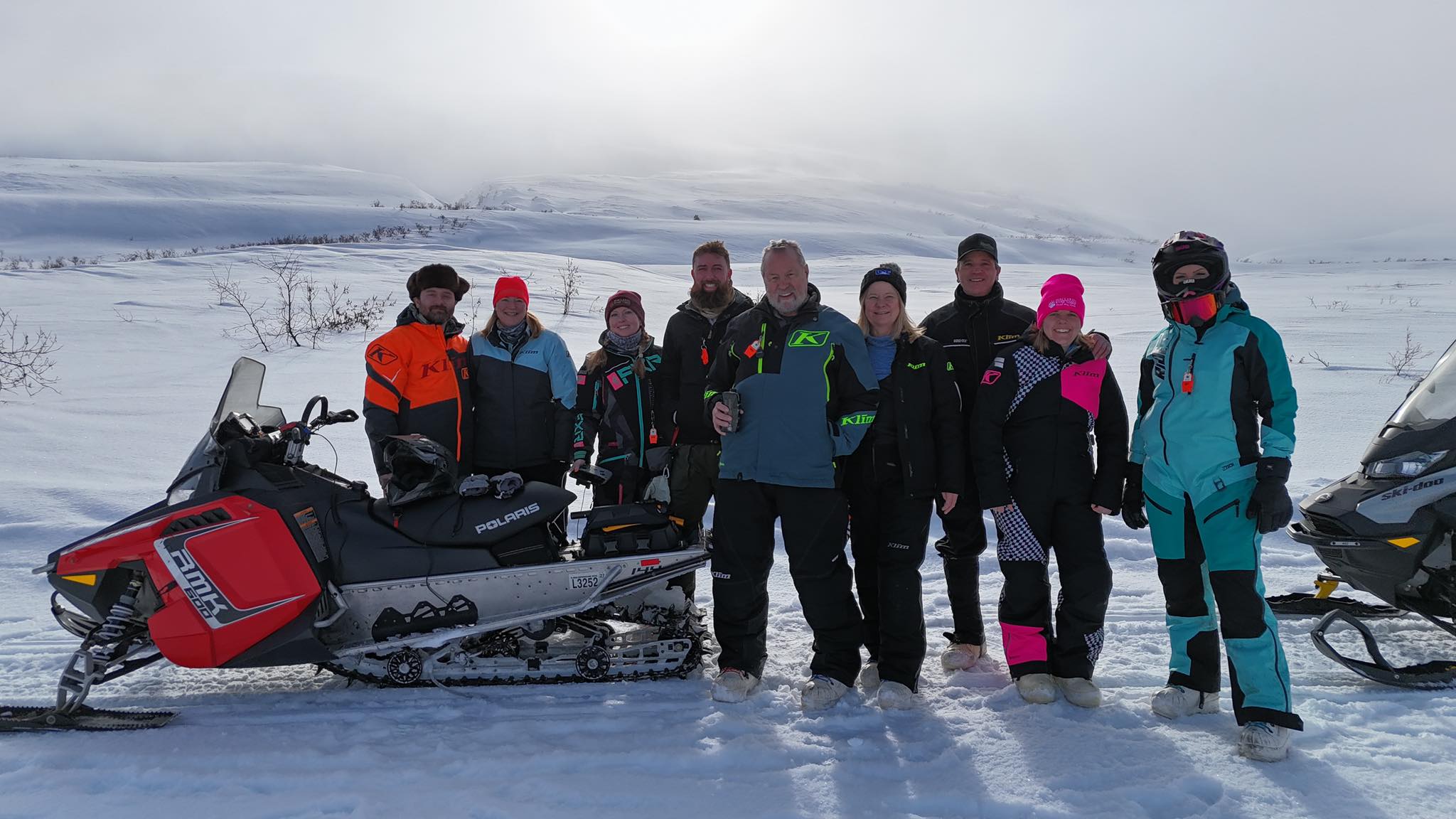18th Nov 2025
Using Rescue Lasers in arctic conditions
 Occassionally, we get questions about using the Rescue Laser Light in arctic conditions.
Occassionally, we get questions about using the Rescue Laser Light in arctic conditions.
While the published operating temperature specification for the Rescue Laser Light is –10°C to +50°C, the product is routinely and reliably used in far colder environments. The Rescue Laser was originally invented by the company’s co-founder, an Alaskan bush pilot who flew freight in true arctic conditions, where temperatures commonly drop well below the stated operating range.
As co-founder and owner, I live and work in Willow, Alaska and routinely use the Rescue Laser Light while snowmobiling, cross-country skiing, and recreating in sub-zero Fahrenheit temperatures. Our temperatures will dip below –30°C in these real-world situations and the devices continue to function effectively when handled properly.
Why it works in extreme cold:
- The temperature rating reflects the environment needed for optimal diode performance, not a limit that causes product damage. Exposure to colder temperatures does not harm the Rescue Laser Light.
- In very cold conditions, the laser diode output can become temporarily weaker, but it quickly regains full strength when the unit is warmed.
- The device is easily kept within its operating band by storing it in a pocket, inside a coat, or close to the body, where it remains warm until needed. Holding the unit in a gloved hand for a short time also brings it up to full performance.
- The Rescue Laser Light uses a CR123 lithium battery, which is well known for excellent cold-weather performance and is widely used in military, tactical, and outdoor applications.
In short, while the formal specification reflects laboratory standards, the Rescue Laser Light has a long, proven history of dependable, real-world use in true arctic environments by Alaskans who rely on it for safety.




